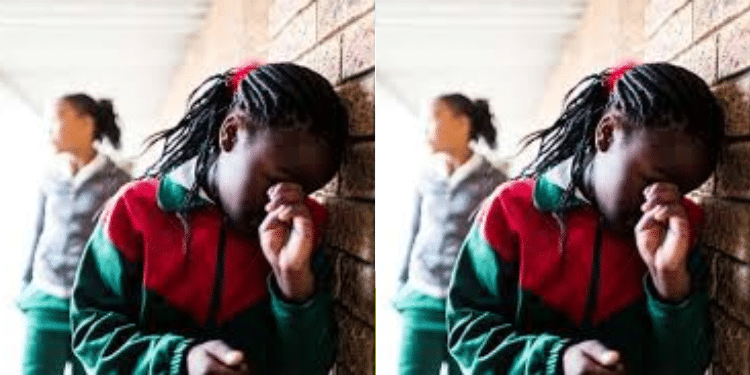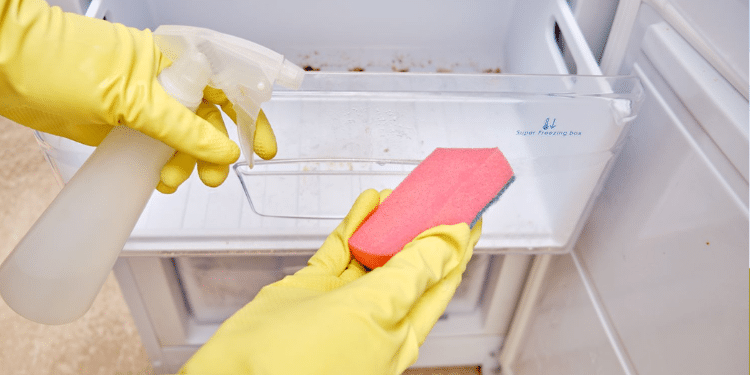A study, named Tupumue, reveals alarming levels of carbon monoxide (CO) in Nairobi’s households, particularly endangering the health of school-going children.
Published in the Environmental Pollution journal, the research highlights that despite the prevalent use of liquid or gas fuels in urban homes, CO concentrations rival those found in rural areas where solid fuels like charcoal and wood are predominantly used.
Conducted by a collaborative effort of Kenyan and United Kingdom researchers, including experts from Kenya Medical Research Institute (KEMRI), London School of Tropical Medicine (LSTM), Stockholm Environmental Institute (SEI), and the University of Stirling, the study aimed to assess the burden of non-communicable lung diseases and early life determinants.
Over 24 hours, nearly 200 homes in Nairobi were monitored for CO levels.
The findings point to a public health concern, with approximately one in ten homes registering CO concentrations high enough to trigger European-standard CO alarms.

More Children Affected by High CO Levels
Researchers warn of acute CO exposure and poisoning, especially among children, whose development may be adversely affected by chronic exposure to the toxic gas.
Surprisingly, despite the use of supposedly cleaner fuels in urban settings, the study reveals that evening cooking activities contribute substantially to elevated CO levels.
“A model of typical exposure suggests that cooking is likely to be responsible for approximately 60% of the CO exposure of Nairobi schoolchildren,”
“Household CO concentrations are substantial in Nairobi, Kenya, despite most homes using gas or liquid fuels,” reads the study research.
Analysis indicates that around 60% of daily CO intake among Nairobi schoolchildren occurs during the evening, coinciding with dinner preparation hours.
Potential Health Implications
Moreover, the study highlights the potential health risks faced by pregnant women and children.
Also Read: Reasons for Poor Performance in Nairobi Children; Study
Prolonged exposure to CO, particularly during evening and overnight periods, could lead to drowsiness, nausea, and hindered cognitive abilities among school-going children, affecting their performance and learning outcomes.
“Children in homes with higher CO concentrations in the evening and early morning may arrive at school feeling drowsy or nauseous and less able to concentrate on their learning for the first hours of the day,” noted the study.
Targeted Interventions
The researchers stress the urgent need for targeted interventions to mitigate CO exposure in urban households.
Improved stove technologies, increased ventilation, and community education programs are recommended to raise awareness and reduce the health risks associated with household air pollution.
“Interventions to reduce children’s exposure to CO should look to target this period and consider community sensitization and education programmes to raise awareness of the dangers of household air pollution, improved stoves and increased ventilation within the home settings,” stated the research study.
Also Read: Study Shows How TikTok Can be Empowering Amid Ban & Restriction Debate
Carbon monoxide (CO) is a poisonous gas produced by incomplete combustion of carbon-based fuels that is linked to mortality and morbidity.
Household air pollution from burning fuels on poorly ventilated stoves can lead to high concentrations of CO in homes.
Follow our WhatsApp Channel for real-time news updates:
https://whatsapp.com/channel/0029VaB3k54HltYFiQ1f2i2C










































































